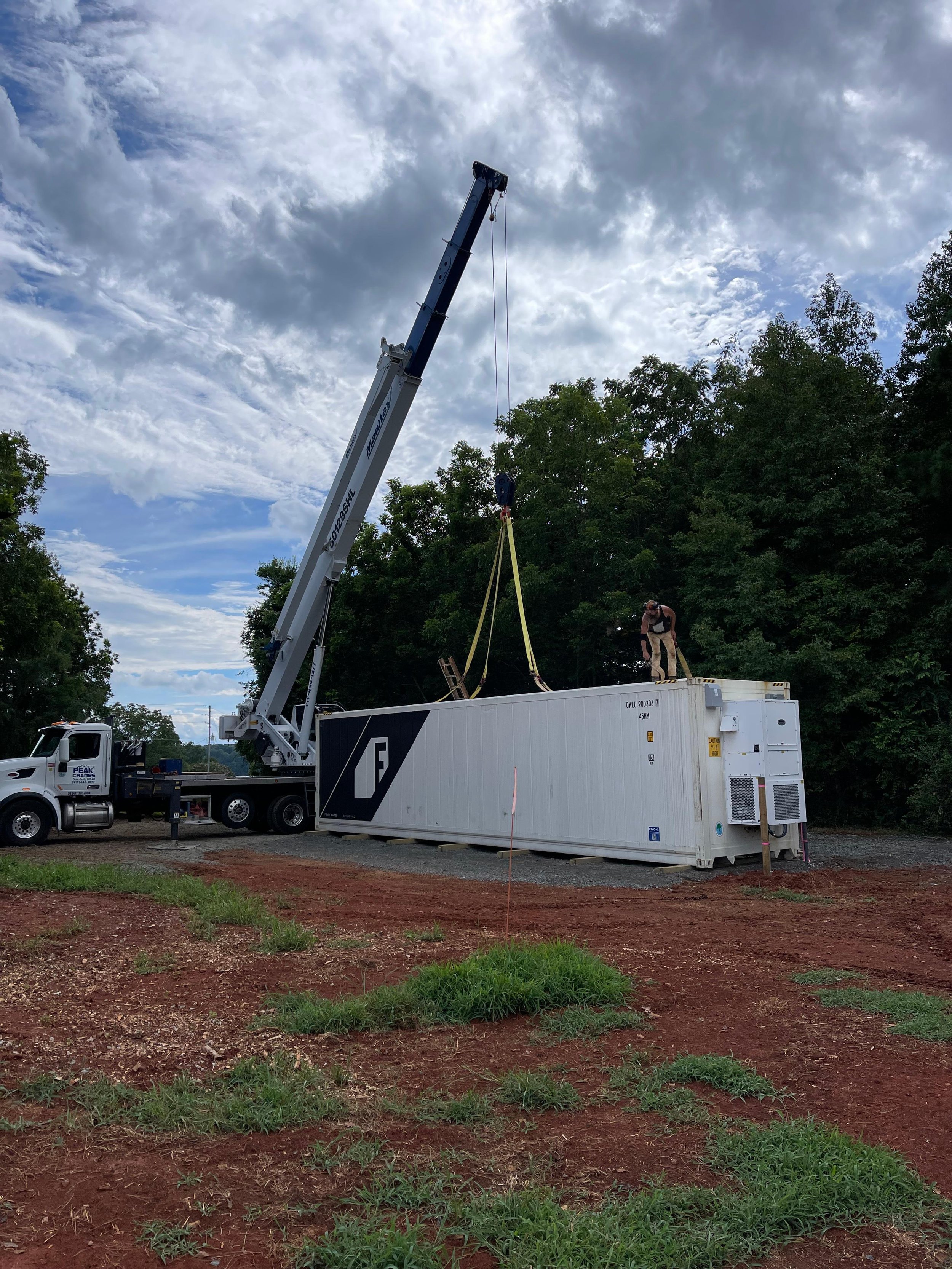Freight Farms: A Step-by-Step Guide to Daily Operations
Freight Farms provides a straightforward, sustainable solution for growing produce. This guide offers a comprehensive look at the daily, weekly, and monthly tasks required to maintain a Freight Farm, with detailed steps to give prospective buyers a clear understanding of farm management.
Daily Operations: Practical Tasks for Smooth Farming
Monitoring Plant Health and Equipment
Each day starts with a thorough but efficient inspection of the farm’s systems and plants to ensure everything is functioning correctly and crops are thriving. The Farmhand dashboard provides real-time data, while simple visual inspections help detect any physical issues in the system.
Daily Task Breakdown:
Check the Farmhand dashboard for alerts, tasks, and environmental conditions.
Inspect plants visually to look for signs of health issues, such as wilting or discoloration.
Check for leaks, drips, and puddles across the system. Ensure all channels are functioning and that no water is pooling in the wrong areas.
Running the RO (Reverse Osmosis) filter ensures clean water is flowing to the plants. If a large volume of water is needed, start the RO filter early in the day, as it can take time depending on the water pressure.
Nutrient dosing such as diluting pH down, and adding other additives like silica twice per week to strengthen plant cell walls and maintain crop health.
Total Time Commitment: 5.5 - 7.5 hours per day
2. Harvesting and Transplanting: Detailed, Efficient Processes
Harvesting Lettuce (or Similar Crops)
Begin by removing the plant panels and bringing them to the nursery table.
For each head of lettuce, gently remove the plant from the panel, discard any damaged or inedible leaves, and weigh the clean head.
Document weights in the yield tracking spreadsheet for accuracy and future planning.
Clean and sanitize the gutter system after harvest, ensuring the work area is ready for transplanting or seeding the next round.
Total Harvesting Time Commitment: 4 hours with 2 people
Transplanting Seedlings
Start by removing healthy seedlings from trays and cleaning the empty seedling trays.
Label each plant panel with variety, seeding date, and transplanting date.
Insert seedlings into clean panels, ensuring they are spaced evenly to maximize growth potential. Regular panels contain 45 plants each, with 15 plants per channel
Total Transplanting Time Commitment: 4 hours with 2 people
3. Weekly Maintenance and Proactive Troubleshooting
Routine maintenance is essential to keep your farm running smoothly and to avoid interruptions in production. Most weekly tasks are focused on keeping the water system clean and ensuring emitters are functioning correctly.
Key Maintenance Tasks:
Clean inline filters, recirculation filters, and gutter screens: These components should be cleaned at least once a week to ensure debris doesn’t block water flow or affect plant health.
Check and replace clogged emitters: Walk through the cultivation area and ensure that each emitter is functioning. If an emitter is dripping slowly or clogged, replace it to ensure consistent water flow.
Top off water and nutrients: Make sure nutrient and water levels in the farm’s tanks are filled for the week ahead.
Total Time Commitment: 3-6 ours per week, including proactive troubleshooting
4. Water and Nutrient Management
Efficient water management is crucial in any Freight Farm. The automated system takes care of most of the work, but there are key steps farmers need to handle to ensure optimal growth.
Water Management:
RO Filter Operation: Each gallon takes about 2 minutes to filter without a booster pump. If you need a full farm's worth of filtered water, it can take several hours, so start this process early and run it while performing other tasks.
Autofill tanks: The cultivation tank should be filled to 90% capacity, and the nursery tank to 80%. This leaves room for HVAC condensate without risking overflow.
Nutrient Dosing:
Silica Application: Apply twice per week at 1 mL per gallon of water to improve plant strength.
Bacteria Additives: Dose products like Hydroguard once a week to promote root health and nutrient availability.
Total Time Commitment: 30-60 minutes daily, with additional tasks for troubleshooting as needed
5. Cleaning and Long-Term Maintenance
Keeping the farm clean and operational is essential for long-term success. This involves both regular cleaning and more intensive maintenance at specific intervals.
Biweekly Maintenance:
Clean recirculation and irrigation lines: Every two weeks, flush the system to prevent salt buildup and biofilm.
Time Commitment: 1 hour
Deep clean the nursery troughs and HVAC units: Prevent algae and other buildup by cleaning these areas every few weeks.
Time Commitment: 1-1.5 hours
Calibrate hydro sensors and climate sensors: Ensure that these are functioning properly, especially after any major environmental changes.
Time Commitment: 15 minutes
Monthly Maintenance:
Saturation strip replacement: Replace these every 4-6 months or as needed, depending on how quickly debris builds up.
Time Commitment: 2 hours
Annual Maintenance:
Thoroughly clean grow foam and perform a deep clean of the farm’s flooring.
Time Commitment: 2 hours
6. Efficient Troubleshooting for Consistent Operation
Freight Farms are designed for efficiency, but some troubleshooting may be required to ensure everything continues running smoothly.
Common Troubleshooting Steps:
Check pumps: Make sure that the recirculation and irrigation pumps are functioning correctly. If pressure is low or pumps fail to turn on, perform basic troubleshooting steps to avoid crop loss.
Resolve clogging issues: For clogged nursery lines, use a mini leaf blower or vacuum to clear the lines.
Total Time Commitment: 0-2 hours weekly, depending on issues encountered
Conclusion: A Practical, hands-On Approach to Farming
Freight Farms provides a reliable, easy-to-manage system that allows for sustainable, high-yield farming with minimal manual labor. By following the clear and detailed steps outlined above, anyone—from seasoned growers to first-time farmers—can effectively manage a Freight Farm, delivering fresh produce consistently and efficiently.
For more details, feel free to reach out and see how Freight Farms can help you achieve your farming goals.










